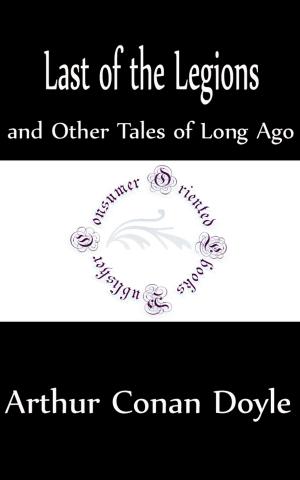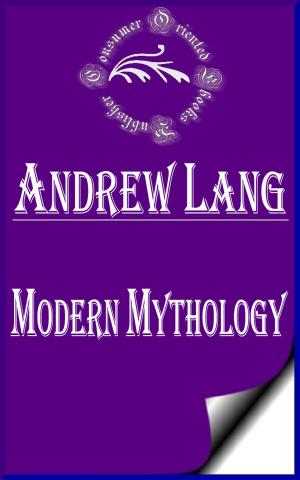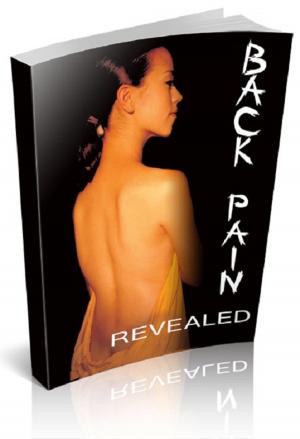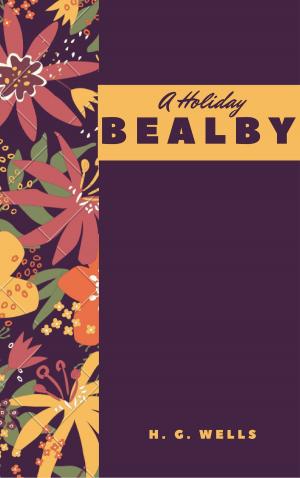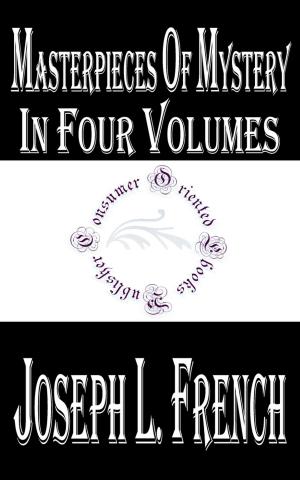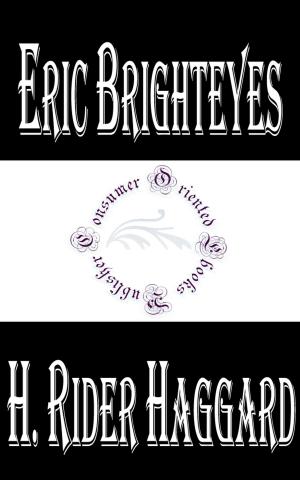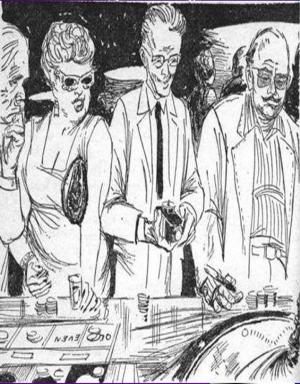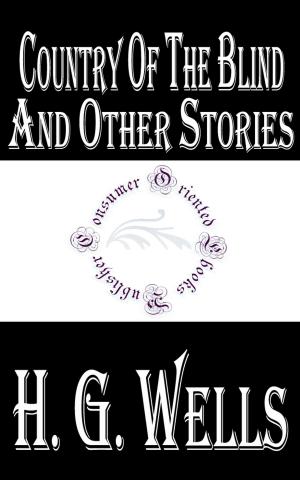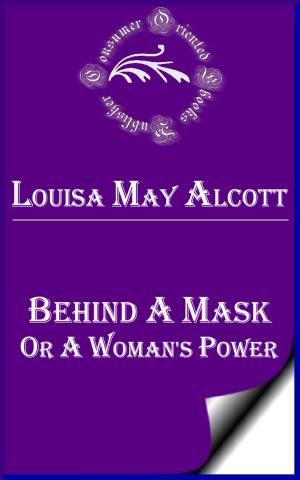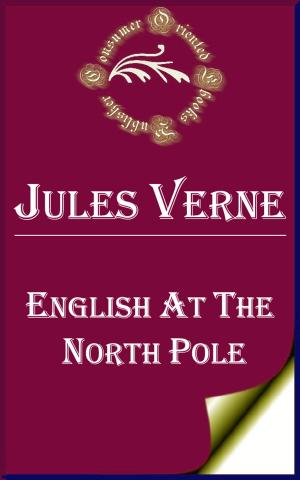English Literature
Its History and Its Significance for the Life of the English-Speaking World
Nonfiction, Reference & Language, Education & Teaching, Teaching, Language Experience Approach, Fiction & Literature, Literary Theory & Criticism, British| Author: | William J. Long | ISBN: | 1230000305124 |
| Publisher: | Consumer Oriented Ebooks Publisher | Publication: | February 23, 2015 |
| Imprint: | Language: | English |
| Author: | William J. Long |
| ISBN: | 1230000305124 |
| Publisher: | Consumer Oriented Ebooks Publisher |
| Publication: | February 23, 2015 |
| Imprint: | |
| Language: | English |
PREFACE
This book, which presents the whole splendid history of English literature
from Anglo-Saxon times to the close of the Victorian Era, has three
specific aims. The first is to create or to encourage in every student the
desire to read the best books, and to know literature itself rather than
what has been written about literature. The second is to interpret
literature both personally and historically, that is, to show how a great
book generally reflects not only the author's life and thought but also the
spirit of the age and the ideals of the nation's history. The third aim is
to show, by a study of each successive period, how our literature has
steadily developed from its first simple songs and stories to its present
complexity in prose and poetry.
To carry out these aims we have introduced the following features:
(1) A brief, accurate summary of historical events and social conditions in
each period, and a consideration of the ideals which stirred the whole
nation, as in the days of Elizabeth, before they found expression in
literature.
(2) A study of the various literary epochs in turn, showing what each
gained from the epoch preceding, and how each aided in the development of a
national literature.
(3) A readable biography of every important writer, showing how he lived
and worked, how he met success or failure, how he influenced his age, and
how his age influenced him.
(4) A study and analysis of every author's best works, and of many of the
books required for college-entrance examinations.
(5) Selections enough--especially from earlier writers, and from writers
not likely to be found in the home or school library--to indicate the
spirit of each author's work; and directions as to the best works to read,
and where such works may be found in inexpensive editions.
(6) A frank, untechnical discussion of each great writer's work as a whole,
and a critical estimate of his relative place and influence in our
literature.
(7) A series of helps to students and teachers at the end of each chapter,
including summaries, selections for reading, bibliographies, a list of
suggestive questions, and a chronological table of important events in the
history and literature of each period.
(8) Throughout this book we have remembered Roger Ascham's suggestion, made
over three centuries ago and still pertinent, that "'tis a poor way to make
a child love study by beginning with the things which he naturally
dislikes." We have laid emphasis upon the delights of literature; we have
treated books not as mere instruments of research--which is the danger in
most of our studies--but rather as instruments of enjoyment and of
inspiration; and by making our study as attractive as possible we have
sought to encourage the student to read widely for himself, to choose the
best books, and to form his own judgment about what our first Anglo-Saxon
writers called "the things worthy to be remembered."
PREFACE
This book, which presents the whole splendid history of English literature
from Anglo-Saxon times to the close of the Victorian Era, has three
specific aims. The first is to create or to encourage in every student the
desire to read the best books, and to know literature itself rather than
what has been written about literature. The second is to interpret
literature both personally and historically, that is, to show how a great
book generally reflects not only the author's life and thought but also the
spirit of the age and the ideals of the nation's history. The third aim is
to show, by a study of each successive period, how our literature has
steadily developed from its first simple songs and stories to its present
complexity in prose and poetry.
To carry out these aims we have introduced the following features:
(1) A brief, accurate summary of historical events and social conditions in
each period, and a consideration of the ideals which stirred the whole
nation, as in the days of Elizabeth, before they found expression in
literature.
(2) A study of the various literary epochs in turn, showing what each
gained from the epoch preceding, and how each aided in the development of a
national literature.
(3) A readable biography of every important writer, showing how he lived
and worked, how he met success or failure, how he influenced his age, and
how his age influenced him.
(4) A study and analysis of every author's best works, and of many of the
books required for college-entrance examinations.
(5) Selections enough--especially from earlier writers, and from writers
not likely to be found in the home or school library--to indicate the
spirit of each author's work; and directions as to the best works to read,
and where such works may be found in inexpensive editions.
(6) A frank, untechnical discussion of each great writer's work as a whole,
and a critical estimate of his relative place and influence in our
literature.
(7) A series of helps to students and teachers at the end of each chapter,
including summaries, selections for reading, bibliographies, a list of
suggestive questions, and a chronological table of important events in the
history and literature of each period.
(8) Throughout this book we have remembered Roger Ascham's suggestion, made
over three centuries ago and still pertinent, that "'tis a poor way to make
a child love study by beginning with the things which he naturally
dislikes." We have laid emphasis upon the delights of literature; we have
treated books not as mere instruments of research--which is the danger in
most of our studies--but rather as instruments of enjoyment and of
inspiration; and by making our study as attractive as possible we have
sought to encourage the student to read widely for himself, to choose the
best books, and to form his own judgment about what our first Anglo-Saxon
writers called "the things worthy to be remembered."

